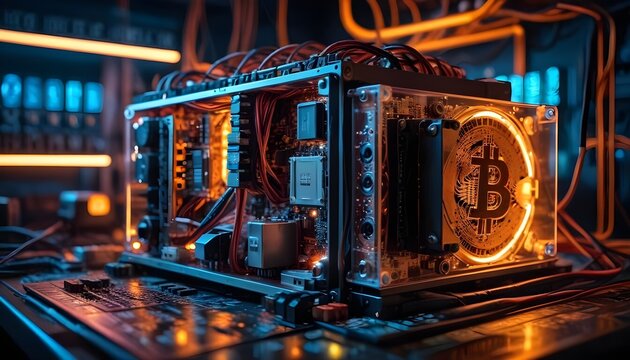Bitcoin Mining: A Comprehensive Guide
Bitcoin mining is the process of validating and adding transactions to the Bitcoin blockchain by solving complex mathematical problems. Miners use specialized computer hardware to compete in verifying transactions, ensuring the security of the network while earning rewards in Bitcoin.
How Bitcoin Mining Works
Bitcoin mining involves solving cryptographic puzzles through a process known as proof-of-work (PoW). Here’s how it works:
- Transaction Collection: When Bitcoin transactions occur, they are collected into a memory pool, waiting to be validated.
- Block Formation: Miners bundle transactions into a block and compete to find a valid hash (a unique code) by adjusting a random value called a nonce.
- Hash Calculation: The mining software continuously generates hashes until it finds one that meets the Bitcoin network’s difficulty target.
- Block Validation: Once a valid hash is found, the new block is broadcasted to the network for verification.
- Block Addition & Reward: If the block is accepted, it is permanently added to the blockchain, and the miner receives a reward in Bitcoin.
Bitcoin Mining Rewards and Halving
Miners earn two types of rewards:
- Block Reward: A fixed amount of Bitcoin given for each successfully mined block. Initially, it was 50 BTC per block, but it halves approximately every four years. The current reward (as of 2024) is 6.25 BTC, and it will decrease to 3.125 BTC in the next halving.
- Transaction Fees: Users pay fees








